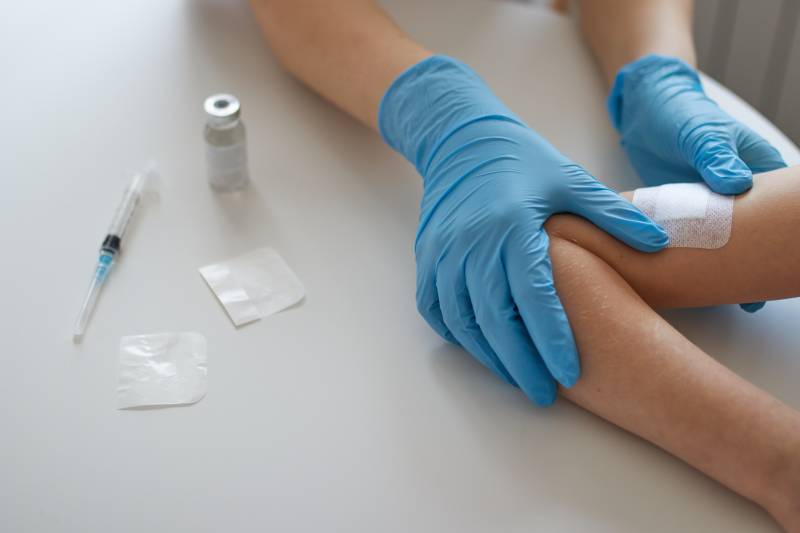Berkeley’s uptick is part of a growing trend of whooping cough cases in California and the Bay Area, especially in Marin County, that health experts believe can be attributed to vaccine hesitancy and lack of access to healthcare, among other factors.
“It’s part of a general trend of vaccine hesitancy and lack of access during COVID that hasn’t caught up yet,” said Dr. Peter Chin-Hong, an infectious disease specialist at UC San Francisco.
California’s whooping cough numbers have also surged this year, jumping from 644 total throughout 2023 to over 2,190 reported cases in 2024, according to the state’s Department of Public Health.
Dr. Abraar Karan, an infectious disease physician and researcher at Stanford University, said this week that he’s seen many patients who didn’t have updated Tdap vaccinations, which is the vaccine for older children and adults.
“I’ve been seeing a lot of people who are not up to date and have no clue when they last got it,” he said. “Remember, a lot of people do not have primary care doctors, so no one’s checking on this.”
Karan and Chin-Hong said the best thing to do when there’s an increase in cases is to notify residents and local healthcare providers and ensure vaccinations are up to date.
“Knowing that there’s been an increase in pertussis cases, that could be something that’s helpful to then start testing for that,” Karan said.
Newel said Berkeley is recommending the same, particularly for young children, who are most at risk of death, and pregnant women.
“Get people vaccinated, get people tested,” Karan said. “That’s what you have to do.”
Where can I find the whooping cough vaccine?
The “whooping cough vaccine” is a combination vaccine that protects against not just pertussis but also tetanus and diphtheria. It’s called the DTaP vaccine for babies and children under 7 and the Tdap vaccine for older children and adults.
For babies and young children (DTaP vaccine)
Multiple shots are recommended for maximum immunity. Babies are recommended to get three DTaP shots — one at 2 months, 4 months and 6 months.
The Centers for Disease Control and Prevention recommends that children then get two booster shots later (at 15–18 months and 4–6 years) to maintain their protection in early childhood.
For older children (Tdap vaccine)
The CDC said that preteens should get a Tdap shot between the ages of 11 and 12 years as a booster — and any teenager who didn’t get this earlier shot should get one the next time they visit their provider.
For adults (Tdap vaccine)
If you’re an adult who’s never had a Tdap shot, the CDC said you should get one — at any time. The agency also recommends that adults get a booster every 10 years. Pregnant people are also advised to get a Tdap shot early in the third trimester of every pregnancy to protect their baby from whooping cough in their vulnerable first few newborn months.
Where can I find a shot in the Bay Area?
If you have health insurance, the CDC’s recommendation for these shots means that your insurer should cover the costs. You can find appointments for a Tdap vaccine at:
For those without insurance: Uninsured children ages 18 and under can get free DTaP vaccines — and other no-cost immunizations — as part of the Vaccines for Children Program. People without insurance can get the vaccine at a lower cost — or even free if they qualify for the Vaccines for Adults Program — from several providers and community clinics around the Bay Area, including:
(And while you’re at it, remember that now is a great time to get your updated COVID-19 shot and your flu vaccine, too, in winter respiratory virus season.)


